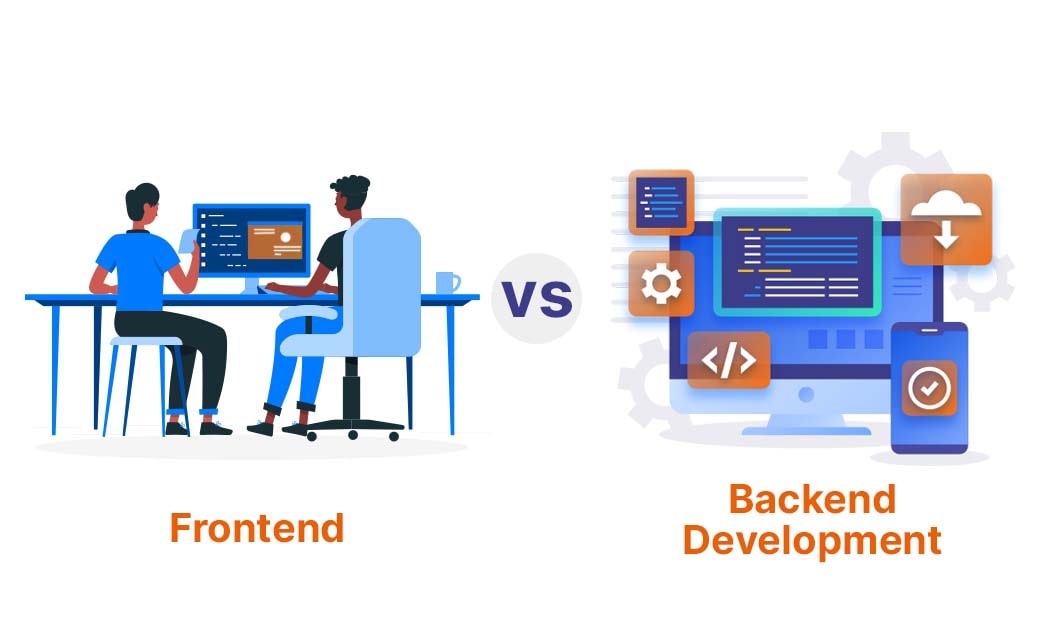Pulse of Information
Your source for the latest insights and updates.
Back-End Development: Where the Real Magic Happens
Unlock the secrets of back-end development and discover the magic driving your favorite apps—dive in today!
Understanding APIs: The Heart of Back-End Development
Application Programming Interfaces (APIs) serve as the backbone of modern back-end development, acting as intermediaries that allow different software systems to communicate with one another. Understanding how APIs work is crucial for developers, as they facilitate the interaction between client-side and server-side applications. By leveraging APIs, developers can easily integrate various functionalities, access databases, and extend their applications' capabilities without needing to reinvent the wheel. This not only saves valuable time but also ensures that the application remains scalable and maintainable.
At its core, an API defines the methods and data formats that applications can use to communicate, allowing developers to build on each other's work effectively. Notable types of APIs include REST APIs, which use HTTP requests to manage data, and SOAP APIs, which rely on XML for communication. Understanding these concepts is essential for any back-end developer, as they provide the foundational framework for creating robust and efficient web services. As we dive deeper into back-end technologies, mastering APIs will empower developers to create innovative solutions that enhance user experience and drive business growth.

Database Management: The Backbone of Your Application
Database management is often considered the backbone of any application, as it acts as the central repository for storing, organizing, and retrieving data. A well-designed database not only ensures data integrity and security but also enhances application performance. When developers create applications, they must give careful thought to how data is structured, accessed, and manipulated. This entails choosing the right database management system (DBMS) that aligns with the specific needs of the application, whether it’s a relational database like MySQL and PostgreSQL or a NoSQL option such as MongoDB and Cassandra.
Moreover, effective database management involves continuous monitoring and optimization. This includes regularly performing backups to prevent data loss, implementing security measures to safeguard sensitive information, and fine-tuning queries for improved speed and efficiency. Additionally, as applications grow and evolve, the database must adapt to changing requirements. This emphasizes the importance of scalability, as a robust database management strategy allows applications to handle increased loads and complex transactions without compromising performance, thereby ensuring a seamless user experience.
Why Back-End Development is Essential for Web Success
In the landscape of web development, back-end development serves as the backbone of any successful website. While the front-end focuses on aesthetics and user interaction, the back-end encompasses the server, database, and application logic that work behind the scenes to ensure the website functions smoothly. Key components such as server configuration, database management, and API integration are crucial for maintaining the site's performance and security. Without a strong back-end, even the most visually appealing website can falter, leading to poor user experiences and decreased conversion rates.
Moreover, a well-developed back-end is vital for scalability. As a website grows, it must handle an increasing number of users and data. Efficient back-end code and architecture enable seamless scaling, ensuring that a website can accommodate growth while maintaining speed and reliability. In an era where user attention is fleeting, a slow or unresponsive site can deter visitors, making it imperative for businesses to invest in robust back-end solutions that not only meet current needs but also anticipate future demands.